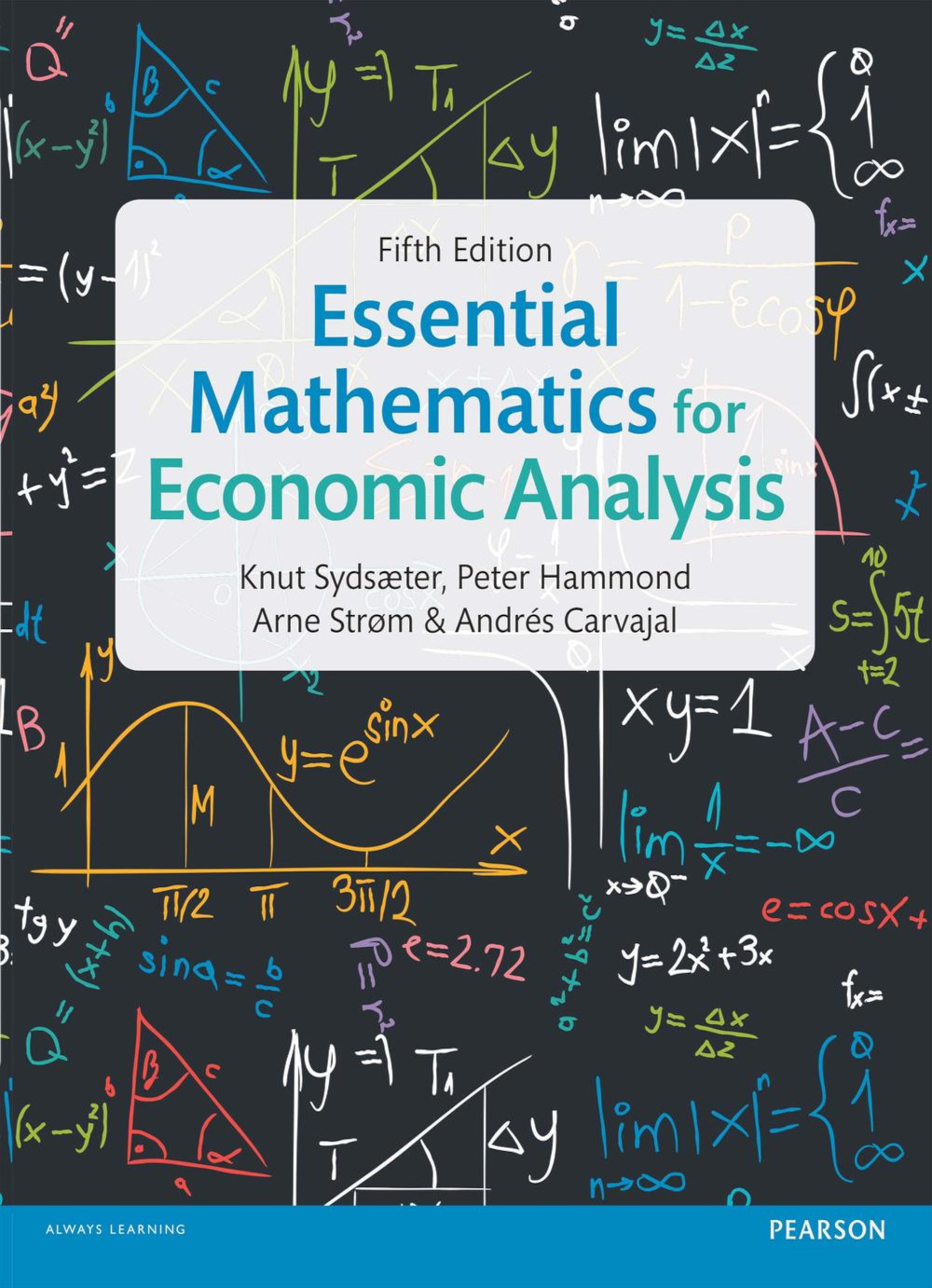☕️ Financial applications of series#
⏱ | words
References and additional materials
In economics, finance, and accounting, we often need to evaluate time streams of payoffs.
In general, we cannot simply add them all together in their raw form.
There are many reasons for this. Some of these reasons include the following:
Inflation (or deflation): The purchasing power of one dollar varies over time.
Foregone interest: There is an opportunity cost of time in the form of interest that could be earned.
Time preference: People might have a preference for the timing of payoffs.
We need to adjust the raw payoffs to put them in a commensurable form.
This might involve using constant dollar estimates or accounting for expected inflation to deal with changes in the price level.
It might involve calculating the present value (or a specific period future value) of all of the payoffs.
It might involve discounting future payoffs in some fashion if the decision-maker is impatient.
The techniques for doing this are part of the subject matter of decision theory (from microeconomics) and financial mathematics.
The mathematical techniques that are employed in financial mathematics include sequences, series, limits, and polynomial equations.
Simple interest#
Suppose that you borrow \(P\) now (period zero) and are required to pay it off in one single payment in period \(n\).
You will be charged simple interest at the rate of \(100 (i )\) per cent per period.
Simple interest is only charged on the remaining principal at a point in time and not on the entire balance owed at that point in time.
If you do not make any payments on the loan until the end of the loan, the sequence of additions to your loan balance is \(\{ At \}^n_{t=0} = \{ P, iP, iP, \dots , iP \}\).
If you do not make any payments on the loan until the end of the loan, the sequence of outstanding loan balances is \(\{ Bt \}^n_{t=0} = \{ P, P + iP, P + 2iP, \dots , P + niP \}\). (Note that this is an arithmetic progression. However, this does not really matter here, because we do not need to calculate its sum.)
If no repayments are made until period n and the entire outstanding balance is repaid in that period, the future amount that must be paid in period \(n\) is given by
In this case, the total interest payments on this loan are equal to
Compound interest#
Suppose that you borrow \(P\) now (period zero) and are required to pay it off in one single payment in period \(n\).
You will be charged compound interest at the rate of \(100 (i )\) per cent per period.
Compound interest is charged on the entire balance owed at a point in time.
The compounding will take place once per period, so that the compounding periods and the charging periods coincide.
If you do not make any payments on the loan until the end of the loan, the sequence of additions to your loan balance is \( \{ At \}^n_{t=0} = \{ P, iP, i (1 + i )P, \dots , i (1 + i )^{(n−1)}P \}\).
If you do not make any payments on the loan until the end of the loan, the sequence of outstanding loan balances is \(\{ Bt \}^n_{t=0} = \{ P, (1 + i )P, (1 + i )^2 P, \dots , (1 + i )^n P \}\). (Note that this is a geometric progression. However, this does not really matter here, because we do not need to calculate its sum.)
How do we get this sequence of balances? If your balance in period \((n − 1)\) is \((1 + i )^{(n−1)}P\), then you will be charged \(iB_{(n−1)} = i(1 + i )^{(n−1)}P\) in interest. This will be added to your balance. Thus your new balance in period n will be
Another way to think about the future amount that must be paid in period \(n\) (that is, the balance in period \(n\)) is as follows.
This means that
Since \(S_0 = P\), we have \(S_n = (1 + i)^n P\).
Thus the total interest payments are equal to
Present and future values#
We will often be interested in calculating the present value or future value of a payment stream. Suppose that we have a sequence of \((n + 1)\) payments given by \(\{ P_0, P_1, P_2, \dots , P_n \}\).
Suppose also that the expected per-period interest rate is believed to be constant over the entire length of time that is covered by this payment sequence. This interest rate is given by \(r \in (0, 1)\). (Note that \(r \in (0, 1)\) simply means that \(0 < r < 1\).)
If you invest $1 in period \(t\), you will expect to recieve $\(1(1 + r)\) in period \((t + 1)\). Applying this logic and the principle of compounding, we can obtain the future value of this payment stream. We will assume that the compounding period is the same as the payment period.
The future value of this payment stream is
The present value of the payment stream is simply the amount that you would need to invest now to receive this future value in the presence of compounding without making any further deposits. As before, we will assume that the compounding period is the same as the payment period. The present value of this payment stream is given by:
Note that the present value of this payment stream can be written as
Identical payments#
Suppose that you receive a constant stream of \((n + 1)\) payments (or, rather, a stream of constant payments) of the form \(\{ P_0, P_1, P_2, \dots , P_n \} = \{ A, A, A, \dots , A \}\).
These types of payment streams, along with some variations, are known as “annuities”.
In future value terms, this stream of payments is
Note that this is a geometric progression in which \(a = A\), “r” \(= q = (1 + r )\), and there are \((n + 1)\) terms.
In present value terms, this stream of payments is
Note that this is a geometric progression in which \(a = A\), “r”\( = q = \frac{1}{(1+r )} = (1 + r )^{−1}\), and there are \((n + 1)\) terms.
The future value of this stream of payments is
The present value of this stream of payments is
Note that
Types of Annuities#
There are many types of annuities. Using the terminology that is employed by [Shannon, 1995], these include the following:
Ordinary annuity: Payment periods and compounding periods coincide, payments begin in the next period (or, equivalently, at the “end” of this period).
Ordinary annuity due: Payment periods and compounding periods coincide, payments begin in the current period (or, equivalently, at the “beginning” of this period).
General annuities: Payment periods and compounding periods differ. (These may occur in both annuity and annuity due form.)
Perpetuities: An annuity in which there are an infinite number of payment periods. (These may occur in both annuity and annuity due form. They may also occur in both ordinary and general form.)

